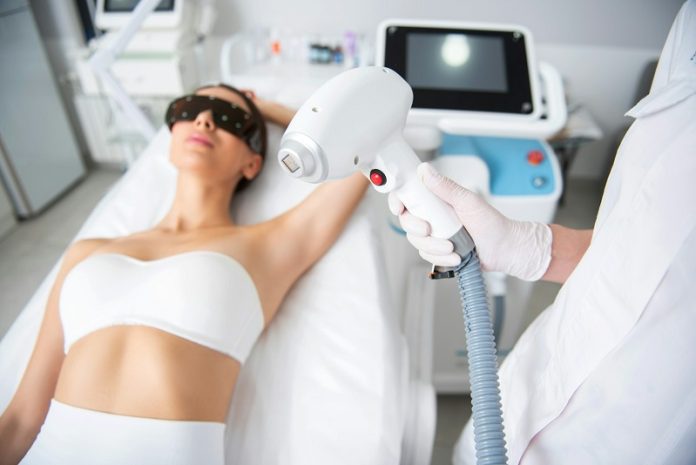
A team of scientists from the University of Nottingham has found a clever way to stop harmful bacteria from growing on plastic surfaces—just by changing the texture of the plastic itself.
This discovery could lead to safer medical devices and fewer infections in hospitals.
Medical tools like catheters and breathing tubes are often made from plastic and are used every day in hospitals.
Unfortunately, bacteria can easily stick to these smooth surfaces, form slimy layers called biofilms, and cause infections that are hard to treat.
These biofilms act like protective cities for the bacteria, making it difficult for antibiotics or the body’s immune system to get rid of them.
Until now, the main strategy to fight these infections was to coat medical plastics with antibiotics or other chemicals.
But this approach has serious downsides—over time, it can lead to antibiotic-resistant bacteria, making infections even harder to treat.
The Nottingham researchers, led by Professor Paul Williams and Professor Morgan Alexander, took a different approach.
Instead of adding antibiotics, they asked: what if we could change the surface of the plastic so that bacteria simply wouldn’t want to stick to it?
To find out, they tested over 2,000 different surface designs on plastic materials, including polyurethane, which is commonly used in medical devices.
With help from machine learning, they discovered that certain tiny patterns—especially those with small grooves and ridges—could stop bacteria from forming biofilms.
Here’s how it works: when bacteria land on these special patterns, some of them get trapped in the small grooves. Thinking they are stuck, the bacteria produce a slippery substance to help them escape. Ironically, this self-made lubricant ends up preventing the bacteria from attaching firmly to the surface, so they can’t start forming a biofilm.
Because the bacteria are spread out and not protected by a biofilm, the body’s immune system can easily find and destroy them.
This finding is important because it means we could build safer medical devices without needing antibiotics. By simply changing the surface design of plastics already in use, hospitals could greatly reduce the risk of infections without raising the danger of antibiotic resistance.
Professor Williams noted that this approach avoids many problems linked to antibiotic coatings and could make a big difference in hospital safety. Professor Alexander added that since the method doesn’t require new materials, it could be put into practice more easily and save healthcare systems like the NHS a lot of money.
This breakthrough shows that sometimes, solving big medical problems doesn’t require new drugs—just a new way of thinking.
Source: KSR.



